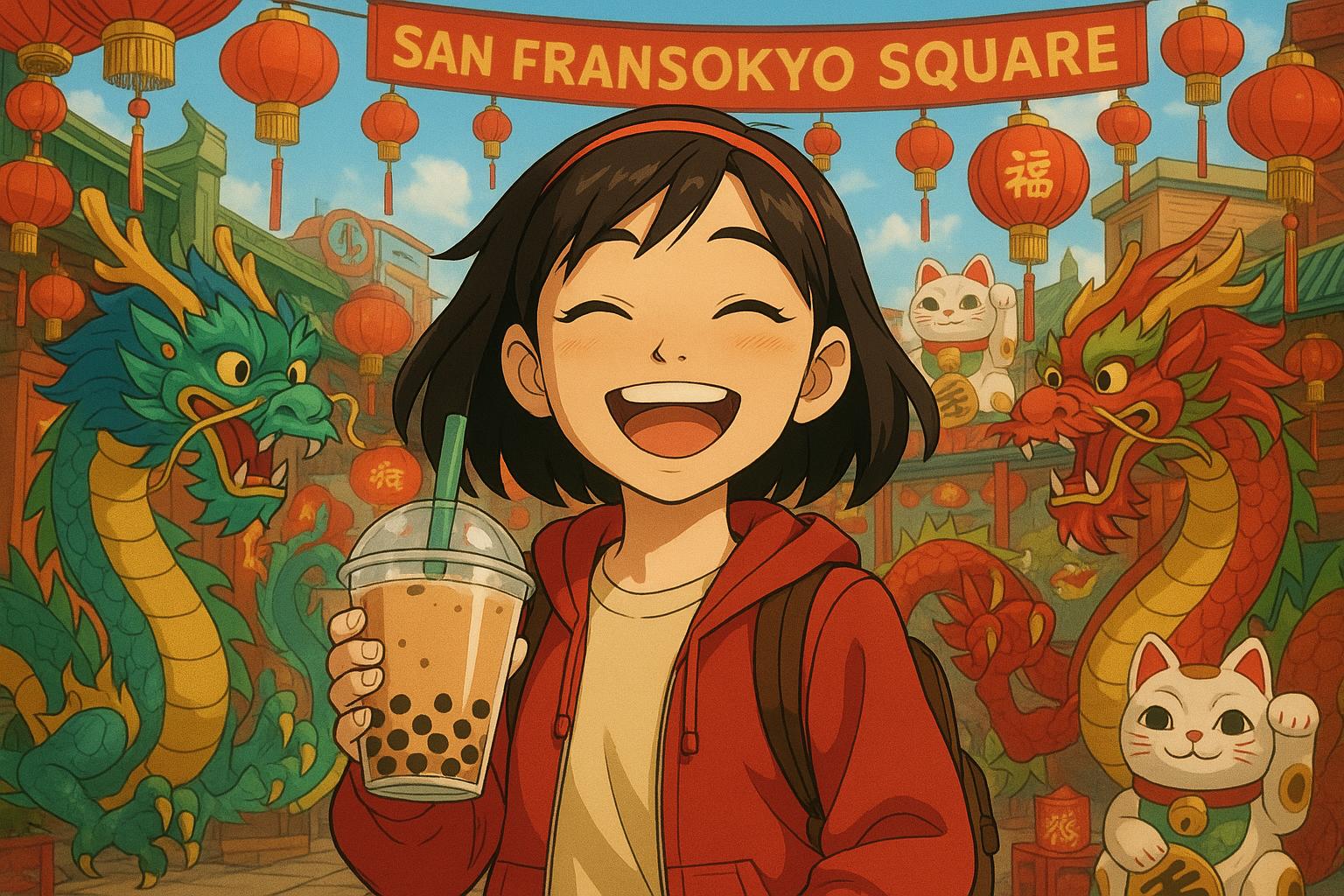A nostalgic love for Disney is woven into the fabric of many childhoods, but for those like Rachel Chang, a Taiwanese American, the experience resonates on a deeper level. Growing up near Disneyland, she recalls how it represented not just a magical escape, but also a place where her Asian American identity was acknowledged, providing a rare sense of belonging amidst the broader American culture.
Chang's insights are particularly relevant in light of Disneyland's evolving approach to cultural representation. She recounts a significant family trip to Disneyland California Adventure in 2017, just before the Lunar New Year. Adorned with red-and-gold décor and traditional festivities, the park’s celebration highlighted Asian cultures in a way that felt authentic rather than tokenistic. What began as a week-long event in 2012 has blossomed into a nearly month-long celebration, marking a shift in how the park embraces inclusivity and diversity. With menus featuring dishes from Korean, Vietnamese, and Chinese cuisines, Chang felt a profound connection as she observed characters dressed in traditional attire, noting the significance for her own nieces who were experiencing this representation for the first time.
This year, as Chang revisited the park for its 70th Anniversary Celebration, she was struck by the depth of Asian American influences interwoven throughout Disneyland. Asian motifs in decor, including signs bearing Chinese and Japanese characters, were prominently displayed in San Fransokyo Square, an area inspired by the Disney film "Big Hero 6." This reimagining of Pacific Wharf blends cultural symbols like dragons and lucky cats with modern Disney storytelling, reinforcing a commitment to diversity. According to data from the Pew Research Center, California has a significant Asian population, approximately 18% of its residents, making these developments all the more relevant.
A standout feature of her visit included a culinary experience that moved away from the traditional theme park fare. Restaurants like Lucky Fortune Cookery and Aunt Cass Café offer a variety of Asian-inspired dishes, from honey walnut shrimp wraps to innovative California roll sandwiches, demonstrating a departure from the expected burgers and hot dogs. Such offerings not only cater to diverse palates but also signal Disney's commitment to representing various cultures through food.
The representations extend beyond mere decoration and dining. Celebrations and themed events during AAPI Heritage Month showcased Asian American Pacific Islander culture with activities ranging from dance lessons to signings by prominent Asian Disney artists. There's a palpable sense of pride in these initiatives, as employees from Disney's Asian American Pacific Islander group, Compass, advocate for cultural awareness and influence park offerings. Allie Kawamoto, co-chair of Compass, reflects on the joy of bringing such representations to life, celebrating the cultural tapestry that Disneyland seeks to display.
Notably, the recent addition of Din Tai Fung—an esteemed Taiwanese restaurant known for its xiao long bao—has created a tangible link between Chang's heritage and the park's culinary landscape. The restaurant's presence adds authenticity and a beloved cultural experience that resonates with many visitors, marking a meaningful step in Disney's diversity journey.
As Chang navigated the park sipping boba tea and appreciating Asian American influences at every turn, she noted that Disneyland is evolving into a space where multifaceted identities are recognised and celebrated. The significance of this shift cannot be understated—it shapes how generations of visitors, both young and old, will experience a space that is increasingly reflective of the rich cultural tapestry that encompasses the American narrative.
Through its enhanced dedication to inclusion, Disneyland is not merely a theme park; it is becoming a vibrant reflection of a society that embraces diversity, inviting guests to engage with cultures that may have been overlooked in the past. For Chang and many others, this transformation signifies hope, fostering a sense of belonging and acceptance that extends well beyond the gates of the park.
📌 Reference Map:
- Paragraph 1 – [1], [2]
- Paragraph 2 – [1], [3]
- Paragraph 3 – [4], [5]
- Paragraph 4 – [6], [7]
- Paragraph 5 – [1], [2]
Source: Noah Wire Services
